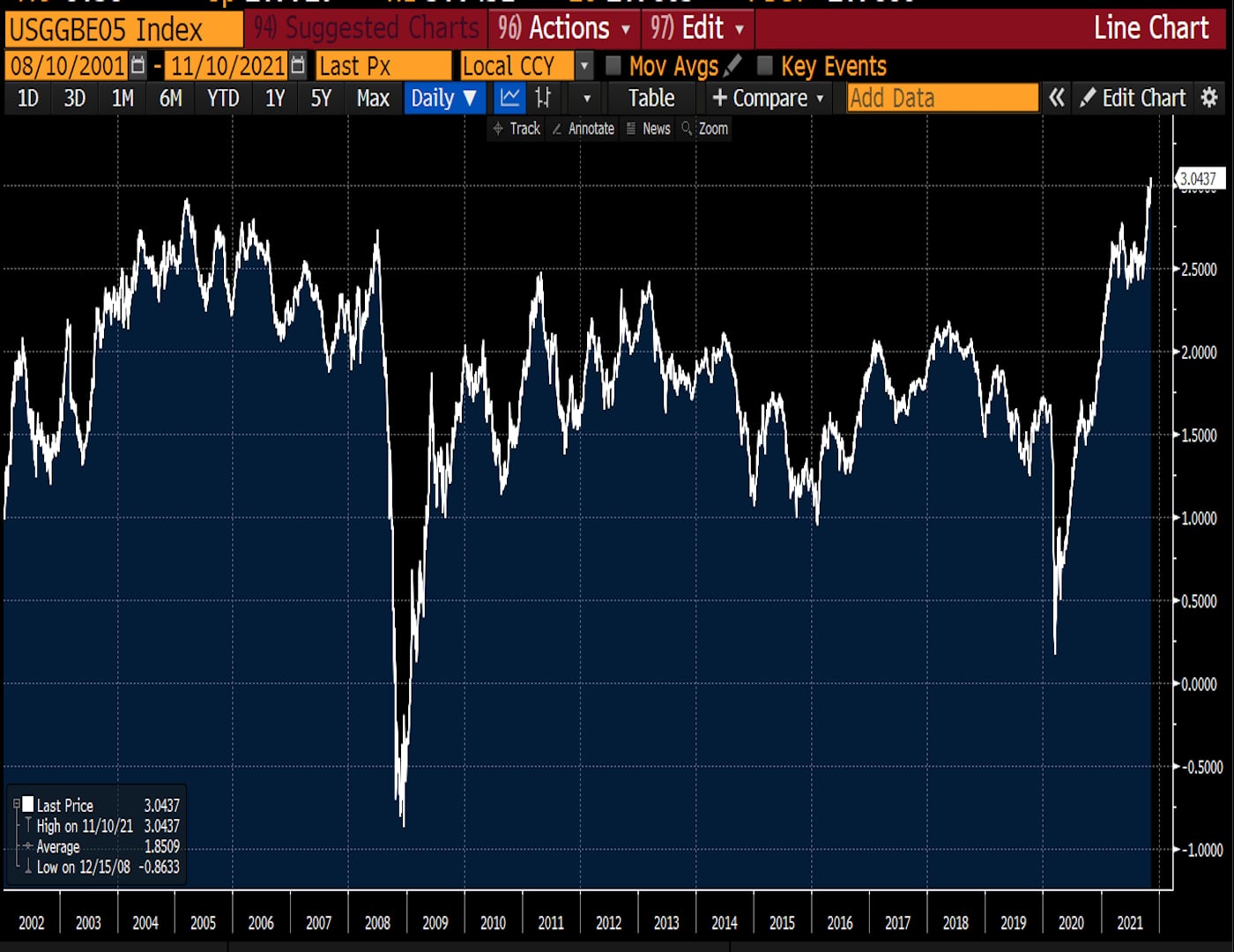The New York-based investment platform Public.com has expanded its crypto offering one month after its initial launch. Previously, the platform offered trading in ten currencies, including ether (ETH), bitcoin (BTC) and Dogecoin (DOGE).
Today’s announcement sees DeFi coins such as Uniswap (UNI) and SushiSwap (SUSHI), and Ether-challenger Solana (SOL) added into the mix. Two weeks ago, memecoin of the moment Shiba Inu ($SHIB) was also added, taking Public.com’s coin count to 21.
This doubling down on crypto will add to the investment platform’s plethora of services ranging from themed investment plans to traditional stocks and ETFs.
The news follows the recent surge in neobroker platforms expanding into crypto investment services. In April, Germany’s Trade Republic expanded into crypto trading. The Block recently revealed that AI-investment app Plum is also gearing up to a mid-2022 crypto asset launch.
It’s not just brokers getting in on the crypto game either — neobanks, such as N26 and Revolut, are expanding their verticals into crypto investment, with BNPL lenders such as Afterpay following suit.
© 2021 The Block Crypto, Inc. All Rights Reserved. This article is provided for informational purposes only. It is not offered or intended to be used as legal, tax, investment, financial, or other advice.
Go to Source
Author: Tom Matsuda


